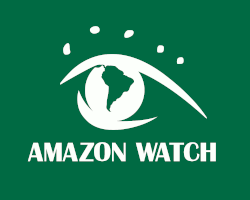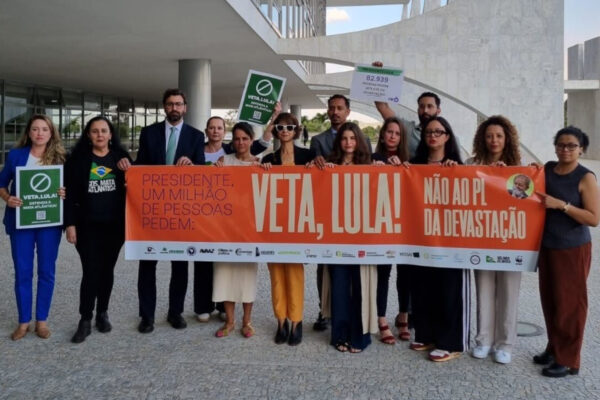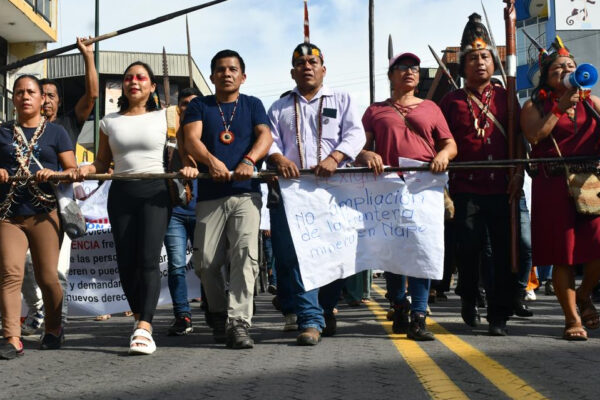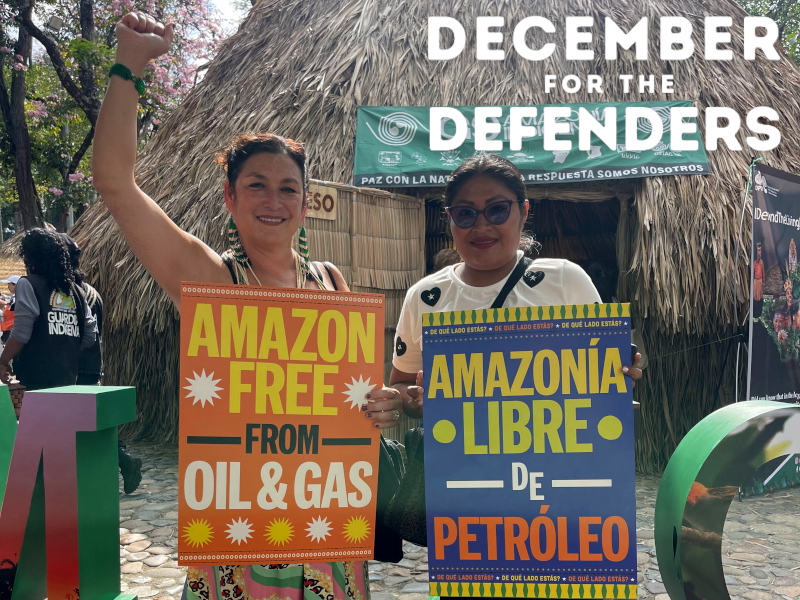How Ecuador’s new oil frontier threatens the forest, its peoples, and our future
Download PDF (2.4 MB)
Versión en español
The Amazon is rapidly becoming a new frontier for oil production. It holds nearly one-fifth of the world’s recently discovered oil and natural gas reserves, primarily in offshore Brazil and Guyana. At the same time, interest and investment are resurging in onshore exploration. This coincides with the Amazon biome reaching an existential tipping point: deforestation, climate disruption, and ecosystem degradation threaten to transform vast rainforest areas into dry grasslands and savannah, putting the biome, its peoples, and the planet at risk.
Fossil fuels are the leading cause of climate change – and in the Amazon, they are also a major driver of deforestation. Ecuador is the largest onshore producer of Amazon crude in the rainforest region. While its share of the Amazon is relatively small – about 135,600 km² – it is one of the most biodiverse and home to thirteen Indigenous nationalities, including some living in voluntary isolation. After sixty years of oil extraction, the impacts are severe: road building, oil spills, toxic wastewater dumping, gas flaring, and industrial infrastructure have all contributed to rampant deforestation, contamination, biodiversity loss, and the erosion of Indigenous health, autonomy, and territory.
In 2023, Ecuador made history when citizens voted overwhelmingly in a national referendum to keep one of its largest oil reserves permanently in the ground and decommission drilling operations. It was a world first – and a major victory for biodiversity, climate protection, and Indigenous rights. However, the new administration of President Daniel Noboa is reversing course, placing its economic bets on more oil, not less.















